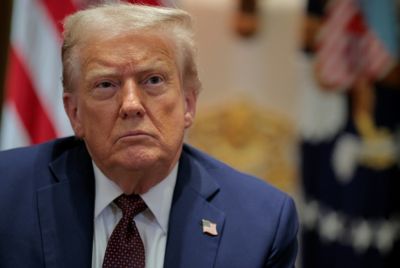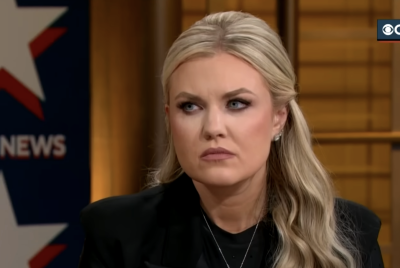Quick Facts About Pope Leo XIV: Chicago-born Robert Francis Prevost is First American Pope

White smoke billows from the chimney of the Sistine Chapel, signalling that a new pope has been chosen. Thousands of onlookers in St Peter's Square cheer and applaud, many overcome with emotion, as the bells of St Peter's Basilica ring out across the Eternal City.
The newly elected pontiff is Cardinal Robert Francis Prevost, a 69-year-old Chicago native, marking a historic first for the Catholic Church. He becomes the first pope born in the United States — and indeed all of North America — in the Church's 2,000-year history. He takes the name Pope Leo XIV.
READ MORE: Vatican Announces First Augustinian Pope, Leo XIV: Who Are The Augustinians and What Do They Believe
An American With Global Experience Takes the Helm
Pope Leo XIV has spent the majority of his clerical life outside the US. Having served for decades in Peru, he speaks fluent Spanish and Italian, and is known for his pastoral style and theological depth. He is also a naturalised citizen of Peru, according to the country's National Civil Registry.
Prevost was serving as Prefect of the Dicastery for Bishops since 2023, a position that placed him at the heart of Vatican decision-making. His election follows the death of Pope Francis last month, ending a 12-year pontificate defined by reform, compassion, and controversy.
According to reports from the New York Times, Prevost is viewed by many within the Church as a moderate choice — a 'dignified middle of the road' candidate who appeals to both progressive and conservative factions.
From Chicago to Chiclayo: A Path to the Papacy
Born on 14 September 1955 in Chicago, Prevost joined the Order of Saint Augustine in 1977 and was ordained in 1982. He later earned a doctorate in canon law from the Pontifical University of St Thomas Aquinas in Rome.
His missionary service in Peru began in the mid-1980s, where he worked as a parish priest, seminary teacher, and later bishop of Chiclayo. He served in various senior roles within the Augustinian Order and was elevated to cardinal by Pope Francis in 2023.
His papal name, Leo XIV, is a tribute to Pope Leo XIII, who is remembered for his landmark encyclical on workers' rights. The choice signals a likely focus on social justice and continuity with Francis's agenda on issues like poverty and migration.
Challenges Await the New Pontiff
Pope Leo XIV inherits a Church still grappling with serious internal crises — the ongoing fallout from clerical abuse scandals, financial instability within the Vatican, and dwindling Church attendance in much of the Western world.
Nonetheless, the faith continues to thrive across Africa and Latin America, offering hope and momentum as the new pope takes office.
According to the Vatican Press Office, the conclave included 133 cardinal electors from five continents. After less than 48 hours of deliberation, the cardinals emerged with a decision — requiring the traditional two-thirds majority. The number of ballots, as always, remains secret.
'Habemus Papam': A Moment of Global Significance
As dusk falls over Rome, Cardinal Prevost steps onto the balcony of St Peter's Basilica, flanked by senior Church officials. The crowd hushes as the traditional words are spoken: Habemus Papam.
Pope Leo XIV then delivers his first public blessing, the Urbi et Orbi — 'To the City and to the World'. His voice rings out across the square and through screens around the globe, marking the beginning of a new chapter in Catholic history.
His papal inauguration Mass is expected within the coming days, drawing heads of state, religious leaders, and millions of Catholics from across the world. Before the ceremony, he will likely tour St Peter's Square in the popemobile, greeting the faithful and signalling the pastoral tone expected of his reign.
The Church, faced with both crisis and opportunity, now looks to its first American pope to navigate an era of profound transformation.
© Copyright IBTimes 2025. All rights reserved.





















